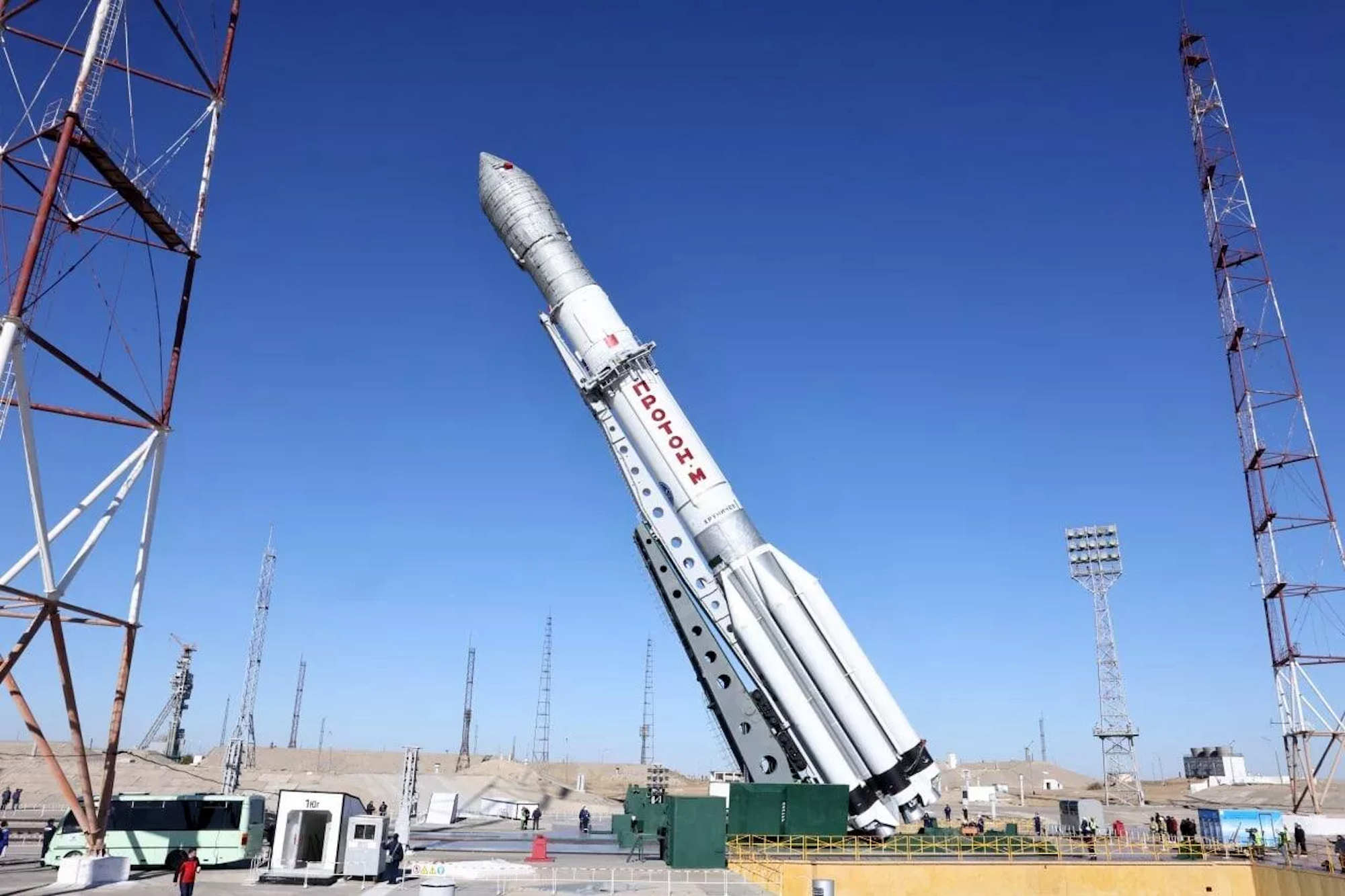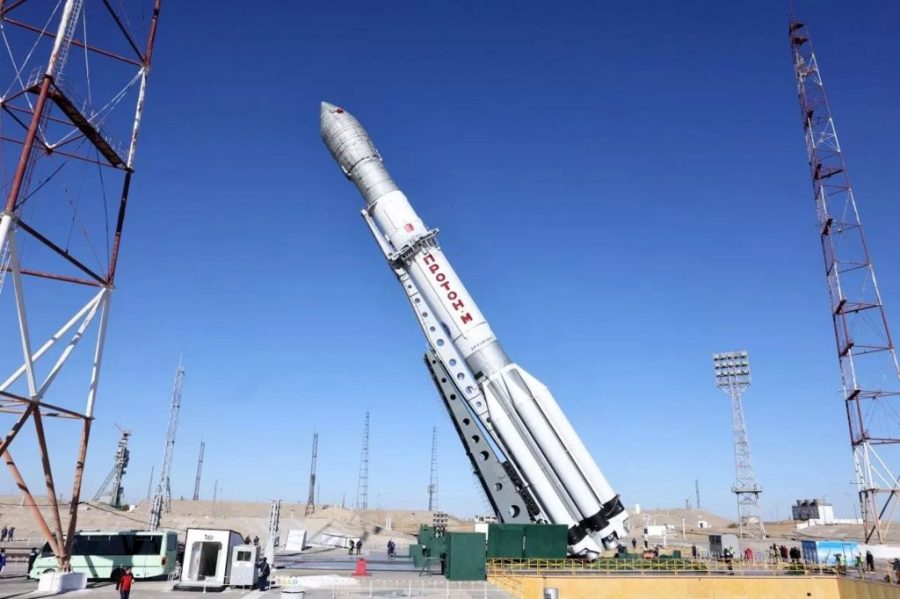The Angosat-2 Angolan telecom satellite has passed tests in orbit and has commenced operation, the Moscow-based state space corporation Roscosmos has announced.
“Following the test flight, the satellite passed to Angola’s control to be used as intended,” Roscosmos said.
A Russian Proton-M launch vehicle coupled with Angosat-2 blasted off from the Baikonur Cosmodrome in Russia on 12 October.
Shortly after the launch of the satellite, specialists from Angola and Moscow and Zheleznogorsk (Russia) embarked on 23 days of post-launch activities, including several manoeuvres involving engineering principles related to orbital mechanics that facilitated the successful placement of Angosat-2 in its final orbital position 23E, in geostationary orbit at a distance of about 36,000 kilometres from Earth.
Angosat-2 is a product of Roscosmos’ Reshetnev Satellite Information Systems based on the Express-1000N platform of the same company. The satellite has a mass of about 1.7 tonnes and a service life of 15 years.
The conclusion of the second phase of Angosat-2 tests will allow telecommunication services, digital television and broadband Internet to be taken to the country’s most remote areas at competitive prices.
In addition, the satellite services will cover the entire African continent, a significant part of Southern Europe and almost total coverage of the Southern Africa region.
Angosat-2 is a replacement for the lost Angosat-1, which was launched into orbit on 26 December 2018 and stopped transmitting telemetric data after reaching the target orbit.
Specialists from Angola and Russia tried to reanimate the satellite in April 2019 when it entered the radio visibility zone, but finally declared it lost.






